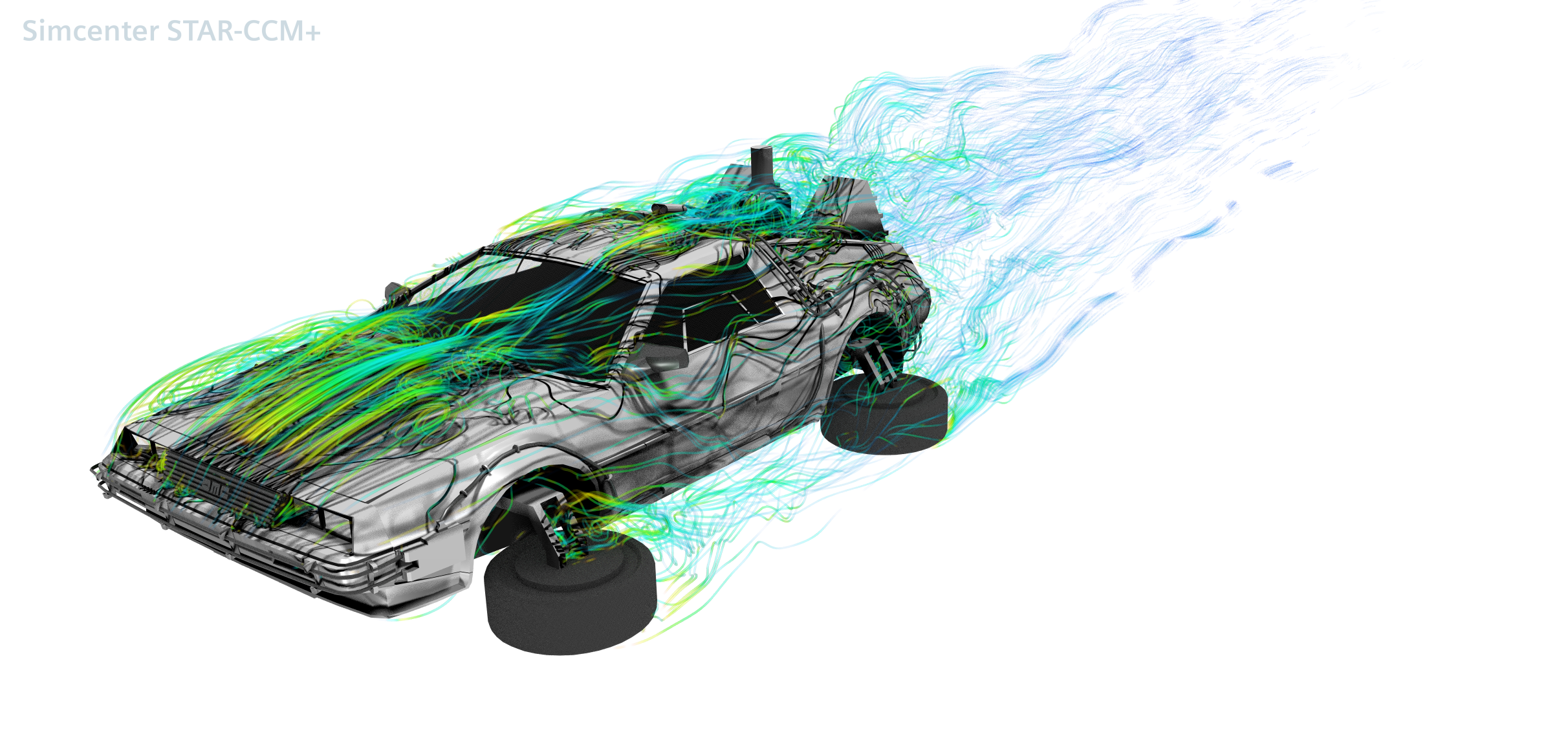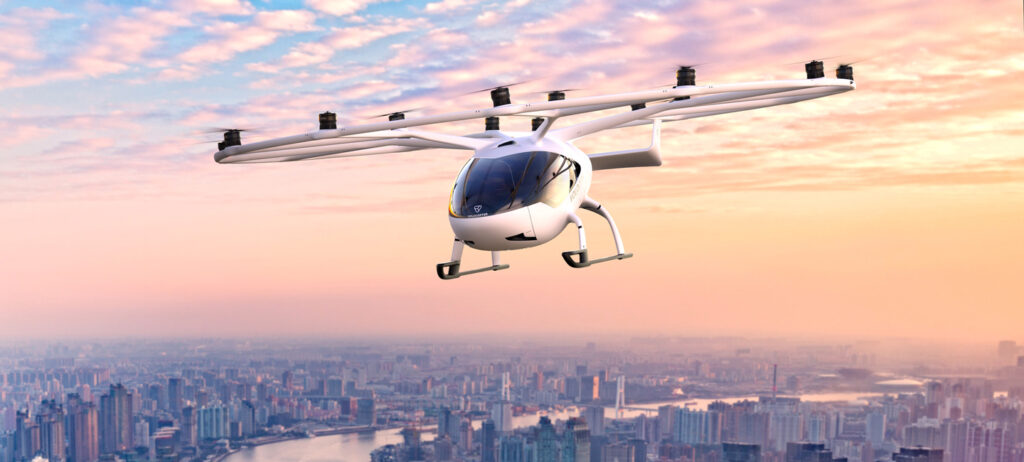Delorean Aerodynamics – A Back to the Future tribute

From someone who’s never seen the movie
*How many quotes from the movie do you see in this blog?*
Flying cars and Hollywood is a match made in movie heaven. In a list populated by Total Recall, Blade Runner, Chitty Chitty Bang Bang, Jetsons, Harry Potter and Star Wars among others, the most memorable is undoubtedly the Delorean – the mechanical star of the Back to the Future movie series.

Ranked No.1 among sci-fi movie cars by Vice News, Doc Brown’s mad creation is still wildly popular today. Today! Aha!
Today is October 21 – Back to the Future Day. In the iconic 80s movie, Marty McFly and Doc Brown travel back to the future in a DMC Delorean on Oct 21, 2015. Doc had modified a Detroit Motor Company (DMC) Delorean into a time machine with a flux capacitor, time circuits and a certain Mr. Fusion, a home energy reactor. Do I sound like a BTTF superfan yet? Good.
Because I’ve never watched the movie! (Cue the collective groan)
My childhood in 90’s India was consumed by burned DVD’s of WWF and our very own Superman – Shakthimaan. Knowledge of Doc and Marty? Zero. Knowledge of google? Pretty much a PhD. Knowledge of aerodynamics? Not too shabby. That was enough for my social media team to come knocking with a special request.
Answering a call for Delorean aerodynamics
“Hey! Can you do something for Back to the Future Day on the Delorean? Do that aerodynamics thing you usually do” – My social media team.
I’m an Aerospace Engineer with experience in aerodynamics and computational fluid dynamics (CFD) simulation. In my job at Siemens, I work everyday with Simcenter STAR-CCM+, our engineering simulation software. Our customers use it to design and engineer products on a computer before they build it. Planes, ships, cars, nuclear plants, medical devices and more. They even design flying cars air taxis (There’s a surprise at the end of this blog on a real-life urban air taxi).
Compared to that, the Delorean aerodynamics is silly. Conveniently, I forgot about it until the social team pinged me on Teams – “Did you chicken out on the Delorean?” Chicken? Did they just use the ‘C’ word?
I have a little Marty McFly in me. Nobody calls me chicken. Nobody! I had very little time. But if you put your mind to it, you can accomplish anything, right? So here we are. Aided by simulation, a bare minimum aerodynamic analysis – Why the Delorean won’t fly? (That rhymes. I’m a poet sometimes).

CFD simulation of Delorean (or how not to waste 160 compute cores)
We all know the Delorean was a real-life car. Heck, it still is. 6,500 Deloreans are still on the road today. But could it realistically fly? I don’t know. Could pigs fly? No? Then the Delorean cannot.
For this exercise, we are of course ignoring Doc’s brilliant Mr. Fusion, the rear louvers that propel the car, the flying circuits or wheels spinning.
Cars aren’t designed to fly. To fly, you need wings (or rotors). You need lift. Enough lift to counter the weight to keep you in air. Anyone with a hint of understanding of basic aerodynamics knows the Delorean can’t stay afloat. But just how bad was it?
I simulated the Delorean’s aerodynamic performance with Simcenter STAR-CCM+ to get some numbers. Fairly straightforward. Just break down the air around the car into 16 Million tiny cells. Solve hundreds of equations calculating pressure and velocity every 0.5 Milliseconds in these cells. Let 160 compute cores crunch these numbers for a few hours. Now I can show how bad the Delorean was at staying afloat.
But first, some eye-candy from the simulations showing how air flows over a Delorean in flight. You are seeing air vortices flow around the car when it’s flying at 88 miles per hour! This has some serious GIF potential!
Whoa! This is Heavy!
The real-life Delorean weighs 2718 lb. With gravity, that’s a 12092.03 N (as in Newtons) force pushing the Delorean to the ground. Good for a car. For a flying car without wings? Great Scott! That’s a lot of weight to overcome.
I ran the simulations at 88 miles per hour, the exact speed needed to travel through the wormhole (and through time itself). The movie is set in Los Angeles, which has an average elevation of 285 ft above sea level. Let’s see how the Delorean does at 300 ft in typical Los Angeles conditions. If my calculations are correct, when this baby hits 88 miles per hour, I’m gonna see some serious s*** flight performance. I did.
Total lift generated by the Delorean: – 291 N.
You read that right. That’s a negative in front, meaning downforce. That’s the thing that keeps your cars on the ground at high speeds.
The total drag generated by the Delorean: 1177 N. What’s more revealing is the drag coefficient (CD) of the Delorean: 0.54. That’ll comfortably place Doc’s Delorean at No.4 on the list of Top 10 least aerodynamic cars ever made, a spot it’ll share with the Mercedes Benz G class from 1979.
I hear all you Delorean fans waving the 0.30 – 0.35 CD in my face. Wait, you’re not thinking fourth-dimensionally. The flying Delorean isn’t the same as the one made by DMC. So why is the Doc’s Delorean so ‘draggy’?
“It’s the back, Doc! Something’s gotta be done about the back!”. Oh, the horizontal tires too. They all add extra drag to the Delorean.


The appropriate question is: Can it be improved even slightly?
Can the lift be increased? Doubtful. Wait! The open gull wing doors. The spinning wheels. Those might add some lift. Maybe put a wing on it while I’m at it. Will the Delorean float then? Heck no. I could simulate these scenarios in CFD though. But I guess you guys aren’t ready for that yet.
So that’s a little CFD tribute to the most famous flying car of our times. What about the flying cars of the future? The ones we were promised? Remember the quote – “Your future is whatever you make it, so make it a good one.”
I think the future will be a good one. Flying cars in movies have inspired us to reach new heights literally. Here’s the little surprise I promised – It’s about a futuristic air taxi. A very real flying one.
The simulation science behind the Volocopter
Step aside, Doc! The future of flying cars is already here in the form of air taxis.

Our customer, Volocopter, is well on their way to making the dream of electrical flight in metropolitan areas worldwide come true.
On Tue, Nov 03, 2:05 PM – 2:25 PM GMT, Volocopter will be at Siemens’ Realize Live Europe conference discussing how they use engineering simulation to bring urban air mobility to life. Their talk will focus on another side of urban air mobility – the batteries.
Electrothermal Battery Simulations for eVTOL Development with Simcenter STAR-CCM+
The event is free to attend. You can register below and read about their presentation below.
______________________________________________________________________________
P.S. If this blog reaches 10,000 views, I’ll give in and watch ‘Back to the Future’.


